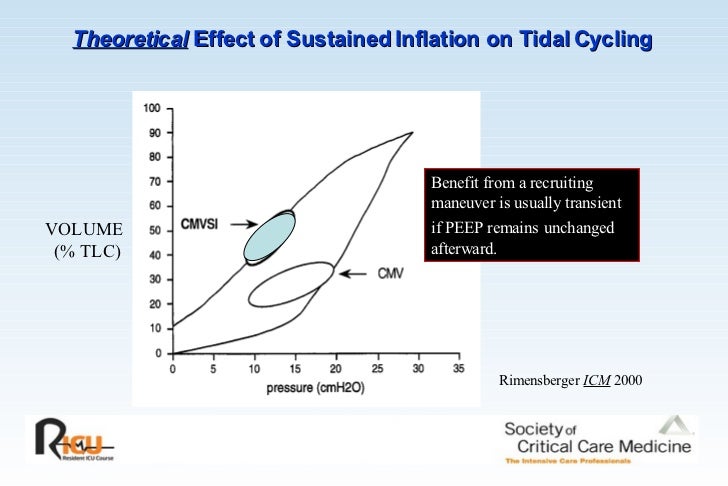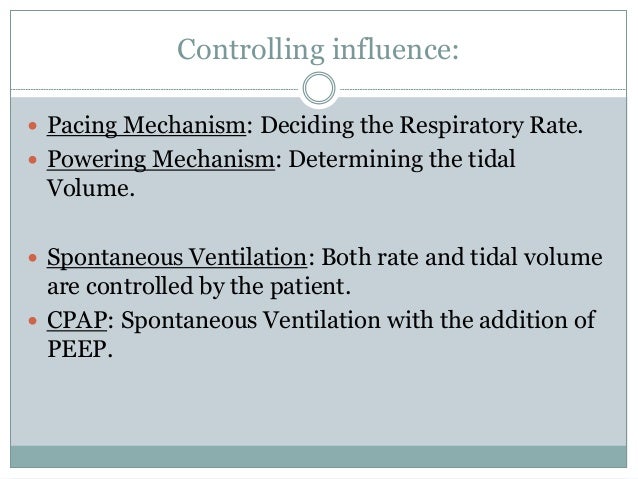

Use a compression-to-ventilation ratio of 30 compressions to 2 breaths. For a child, use one or two hands, whatever is needed to provide adequate compression depth. For an infant, use the 2-finger chest compression technique. Compressions should occur at a rate of 100 to 120 compressions per minute, at one third the depth of the chest. Begin CPR. If a pulse is not identified within 10 seconds, and the collapse was not witnessed, immediately begin administering CPR, starting with chest compressions.Witnessed sudden collapse? If the victim is not breathing and has no pulse, and the collapse was sudden and witnessed, leave the victim to activate the emergency reponse system and retrieve the AED.After 2 minutes of rescue breathing, activate the emergency response system if you haven’t already done so. If at any point there is no pulse present, begin administering CPR. Add compressions if the pulse is less than or equal to 60 beats per minutes with signs of poor perfusion. Check the patient’s pulse every 2 minutes. Administer one breath every 3 to 5 seconds, not exceeding 12 to 20 breaths per minute. If the victim has a pulse but is breathing abnormally, maintain the patient’s airway and begin rescue breathing.If the victim has a pulse and is breathing normally, monitor them until emergency responders arrive.It’s important to minimize delay in starting CPR, so take no more than 10 seconds to assess the patient. In a child, palpate a carotid or femoral pulse. To perform a pulse check in an infant, palpate a brachial pulse. Simultaneously check for a pulse for a minimum of 5 seconds-but no more than 10 seconds. Assess for breathing and pulse. Check for absent or abnormal breathing by watching the chest for movements for 5 to 10 seconds.First tap the victim and shout “HEY! HEY! Are you OK?” If they do not respond, shout for help. Verify scene safety. If you encounter a potential cardiac arrest victim, first make sure the scene is safe for both the rescuer and the victim.This algorithm changes if more than one rescuer is involved, which is something we dive into deeper in our BLS certification course. Review the Pediatric Cardiac Arrest Algorithmīelow are the six steps a single rescuer should take when responding to a pediatric cardiac arrest emergency. The pediatric BLS algorithm for cardiac arrest was created to help responders act quickly while completing the necessary life-saving steps before more advanced medical intervention can take place.

Fast action is the key to saving a child’s life. Yet the American Heart Association reports that, if performed immediately, CPR can double or triple the chance of survival from an out-of-hospital cardiac arrest episode. Unexplained shortness of breath during exerciseĪ child who experiences cardiac arrest can suffer brain damage or death in just minutes if no help is offered.Fainting or dizziness during or following exercise.Here are some common early warning signs of pediatric cardiac arrest: Know the Signs of Cardiac Arrestīecause cardiac arrest can happen anywhere - on the playground, at a school, or in the neighborhood - it’s important to be alert to its signs even when off the clock and away from your job as a healthcare professional. But first, let’s learn more about the signs of cardiac arrest and why rapid action is so critical. Below, we’re sharing the pediatric BLS algorithm for cardiac arrest for a single rescuer. In children, risk factors can include athletic activity, a sudden blow to the chest, obesity, abnormal heart rhythms, congenital heart disease, and exposure to drugs, medications, or toxins. It accounts for approximately 3-5 percent of all deaths in children aged 5-19 years.īy definition, cardiac arrest occurs when someone’s heart stops beating. In fact, according to the Children’s Hospital of Philadelphia, each year, sudden cardiac arrest claims the lives of over 2,000 children and adolescents in the United States. While it’s true that adults make up the vast majority of cardiac arrest emergencies, children are not immune from this sudden heart condition. When you imagine a cardiac arrest emergency, you probably picture an adult as the victim.


 0 kommentar(er)
0 kommentar(er)
